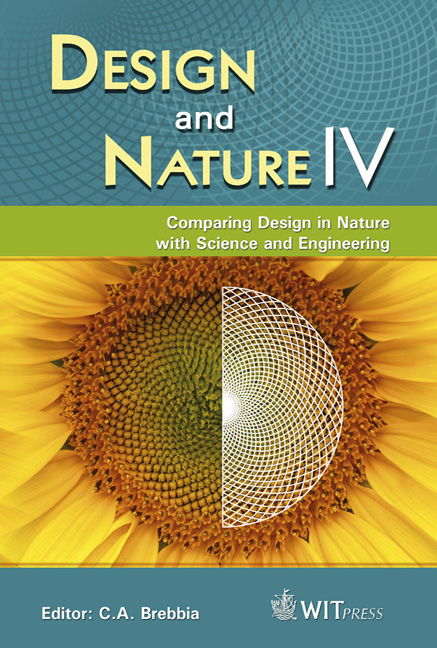Biomimetics On Gecko Locomotion
Price
Free (open access)
Transaction
Volume
114
Pages
10
Page Range
23 - 32
Published
2008
Size
641 kb
Paper DOI
10.2495/DN080031
Copyright
WIT Press
Author(s)
Z. D. Dai, W. B. Wang, H. Zhang, M. Yu, A. H. Ji, H. Tan, C. Guo, J. Q. Gong & J. R. Sun
Abstract
The systematical report presents our studies on the gecko that integrated biological fundaments for biomimetics – morphology, locomotive mechanics, neural signal decoding and adhesive mechanism that developed a gecko-inspired robot and gecko-robot. A 3 dimensional locomotion gait for a gecko moving on the floor, wall and ceiling was obtained by using one high speed camera recording and image processing. The effect of electric potential on the adhesion was studied. The gecko’s foot-toe, a 22 degree-of-freedom motion system, was modulated by stimulating the three neurons on the limb. A stereotaxis method was proposed and the instrument was developed. The brain atlas for the gecko was primarily set up. Based on biological understanding, a bio-inspired geckolike robot was developed and the characteristics of the mechanics were investigated. The robot’s gait and motion coordination was introduced from the three dimensional gait results. Locomotion of the gecko was modulated by implanting electrodes into the gecko’s middle brain and stimulating by a wireless controlling system. Keywords: gecko, locomotion, biomimetics, gait planning, stereotaxis methods, gecko-like robot, wall-climbing robot. 1 Introduction Locomotion is the fundament of animals’ behaviours – preying, escaping and procreating. Through the evolution and competition over the past thousand million years, a lot of animals have developed optimized geometric structures for
Keywords
gecko, locomotion, biomimetics, gait planning, stereotaxis methods, gecko-like robot, wall-climbing robot.





